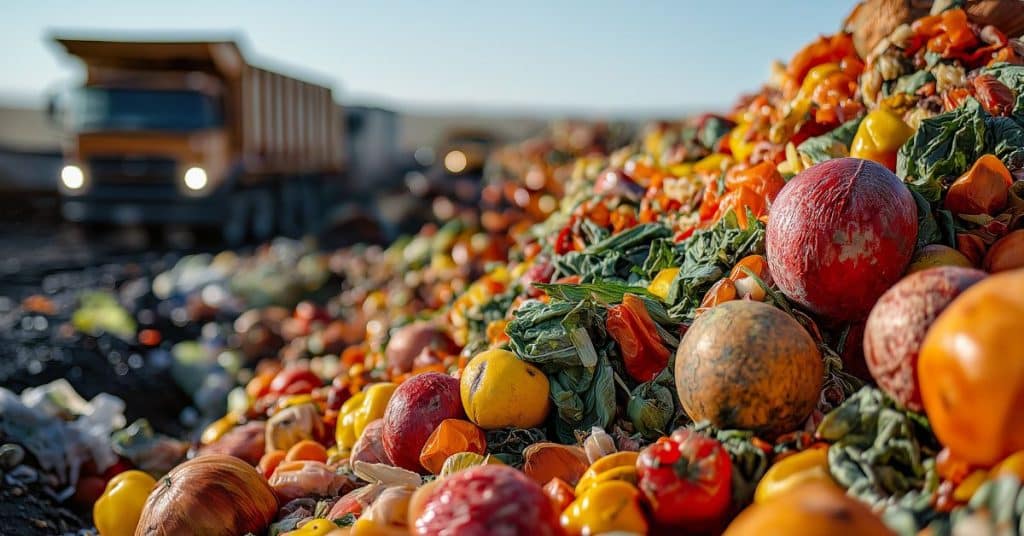

Food waste is not a new problem by any stretch of the imagination. However, the global supply chain disruption caused by the COVID-19 pandemic made the issue far more salient for producers, retailers, and consumers. People everywhere seemed suddenly much more interested in addressing wasteful practices. Where have we gone from there? What is the real impact of food waste? Most importantly, what can we do about it?
Food waste is evident in every part of the supply chain: Farmers lose income on foods they cannot sell. Fuel is wasted in the transportation of food that spoils. Retailers lose out on waste in the store. Consumers throw food away, wasting the money they have spent and missing out on the potential nutrition.
Early in the supply chain—during production, processing, or transportation—this is often described as food loss to distinguish it from the wasted food that consumers throw away; but that is just semantics: all such forms of loss and inefficiency deserve a place in the broader category of food waste. Irrespective of the numerous stages at which it occurs and how we label it, wasted food is a critical concern in the modern food system that we must address.
Between thirty and forty percent of the US food supply goes wasted annually.[1] According to estimates from the Economic Research Service (ERS) of the United States Department of Agriculture (USDA), just under a third of this loss occurs at the retail and consumer levels. Factors contributing to waste earlier in the supply chain include
Overall, the US leads the world in food waste, throwing away an average of 120 billion pounds of food annually (325 pounds per person), amounting to approximately $218 billion lost.[2]
The rest of the world is not doing much better: “An amount of land larger than China [plus 45 trillion gallons of water] is used every year to produce food that no one will eat.”[3] Consumers in more economically developed countries consistently contribute to and underestimate their contribution to food waste. In countries with less prosperous economies, a significant portion of food is wasted before leaving the farm. What about specific food groups? Fruits and vegetables comprise the majority of what is generally accepted as food waste; however, the inherent wastefulness of producing animal-sourced food—too often overlooked—is also astronomical.[4] To give just one example, nearly half of today’s crop production, and all of the resources that go into that production, is not even destined for human consumption.
On average, more than one trillion dollars worth of food is wasted annually.[4] Meanwhile, nearly a third of the global population is moderately or severely food insecure.

To address the causes of food loss and waste, we must achieve substantial supply chain reforms and transform consumer behaviors. Many national and international programs are ostensibly focusing on the following key areas:
Increasing public awareness of
Educating consumers about
Supporting more sustainable agriculture by
Creating new products by reusing or repurposing
Developing waste-reduction technologies to
However, these objectives comprise only part of our ability to reduce food waste. Regarding the final bulleted list, it is easy to fall into the trap of thinking that technology will solve all of our problems; this is a mistake, considering everything we can already do to reduce food waste without waiting for the intervention of novel technologies.
The USDA has proposed a goal of halving national food waste by 2030, yet if we want to live in a society where food waste is truly a thing of the past, we should broaden our definition of waste and target current and recent consumer habits and policy decisions that facilitate gross inefficiency.[1] Despite the USDA’s stated goals, it continues to spend billions subsidizing land- and resource-inefficient animal-food industries.[5]
Copyright 2025 Center for Nutrition Studies. All rights reserved.